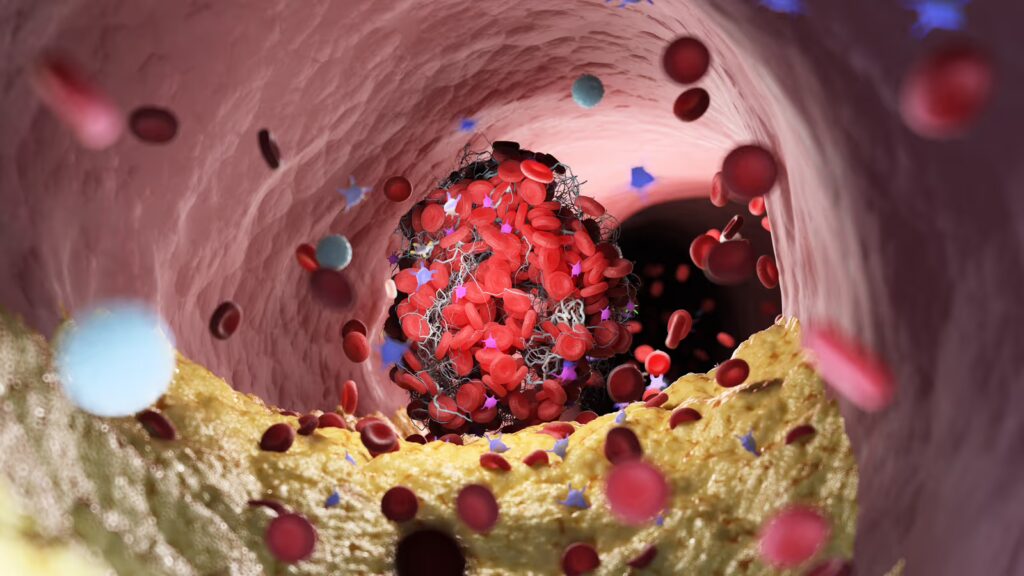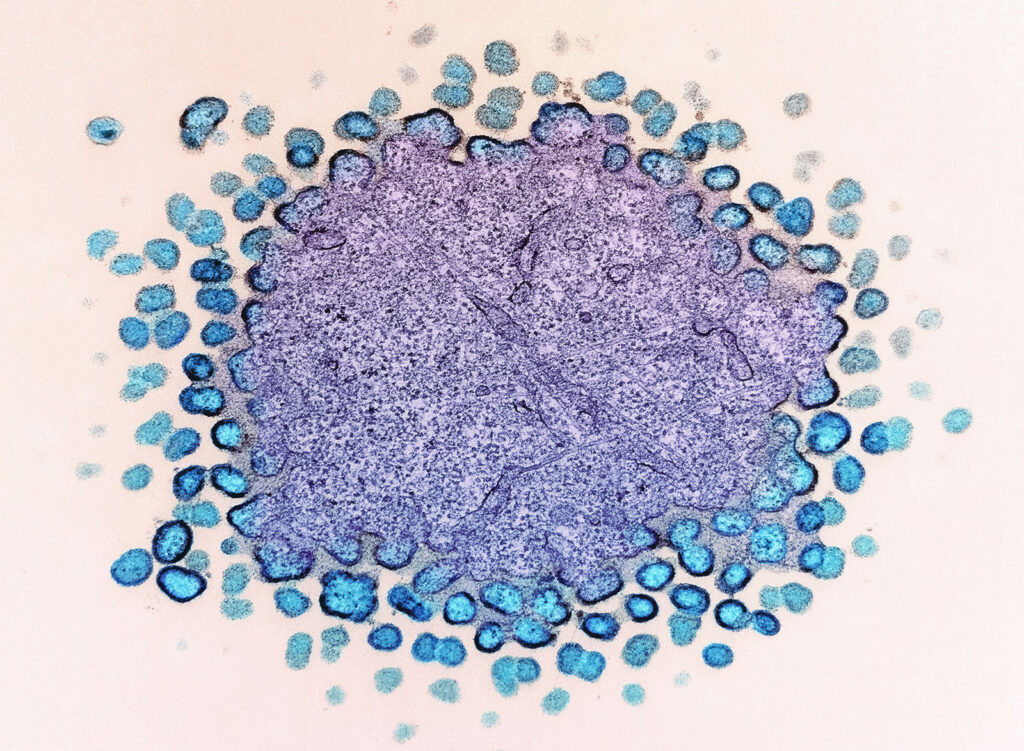In Plant-e v Bioo the UPC provided its first decision addressing the doctrine of equivalents in patent infringement proceedings (UPC_CFI_239/2023). The Local Division of the Hague set out a novel four-part test for assessing equivalence drawn from various national jurisdictions. The test appears relatively patentee-friendly, with the Local Division finding infringement of the claims despite the alleged infringement lacking explicit features of the invention as defined by the claims.
Legal background: Equivalence around Europe
The Unified Patent Court Agreement (UPCA) contains no specific provisions on the doctrine of equivalence. However, the Local Division of the UPC in this case found that Article 2 of the Protocol on the interpretation of Article 69 EPC makes it clear that equivalence should be considered when assessing the scope of protection of a European patent: “For the purpose of determining the extent of protection conferred by a European patent, due account shall be taken of any element which is equivalent to an element specified in the claims.” Beyond this high-level guidance from Article 2 of the Protocol, the UPC faces the challenge of developing its own approach to assessing infringement by equivalence.
Case details: Plant-based fuel cells
The dispute in UPC_CFI_239/2023 concerned EP2137782, owned by Plant-e Knowledge B.V., relating to a device and method for converting light energy into electrical energy using plants in microbial fuel cells (P-MFCs). The patent claimed a method requiring a living plant to be located in an anode compartment of the fuel cell, with micro-organisms living around the plant’s root zone. Plante-e brought an infringement action against Arkyne Technologies SL (aka Bioo). Bioo counterclaimed for revocation. The case was heard by the Local Division of the UPC in The Hague. The panel of judges comprised Presiding Judge Edger Brinkman (Netherlands), Legally qualified judge Samuel Granata (Belgium), Technically qualified judge Simon Walker and Judge-rapporteur Margot Kokke.
The patent in question (EP2137782) particularly related to devices and methods of generating electricity from living plants using microbial fuel cells (MFCs). MFCs using microorganisms to convert organic compounds into electrical energy were known in the art. However, these conventional MFCs required external supply of organic material as fuel, creating sustainability issues. EP2137782 purported to solves this problem by incorporating a living plant directly into the MFC system. The plant converts light energy into organic material through photosynthesis. This organic material is then released by the roots into an anode compartment containing special “anodophilic” microorganisms. These microorganisms oxidize the organic material from the plant, generating electrons that are collected at the anode to produce electrical energy.
The patent claimed a device comprising a reactor having an anode compartment and cathode compartment, the anode compartment containing: a) an anodophilic microorganism capable of oxidizing an electron donor compound b) a living plant capable of converting light energy by photosynthesis into the electron donor compound, wherein “the root zone of the plant is essentially placed in the anodic material”. The patent was granted in 2017 and, notably, no opposition was filed at the EPO.
Plant-e alleged that Bioo’s products, in particular the “Bioo Panel” containing a two-compartment system with plants separated from the anode, infringed the patent. The Bioo Panel is a device for generating electricity using plants and soil. The panel consists of two compartments assembled in a single device. The upper compartment contains soil and optionally plants that grow naturally in the installation environment. The lower compartment contains what Bioo terms a “biological battery”, comprising an anode and cathode separated by soil. Rather than having the plant roots directly in contact with the anode (as in Plant-e’s patent), the two compartments are separated by a filter. However, the compartments are connected such that rainwater and irrigation can leach nutrients and microorganisms from the soil in the upper compartment through to the lower compartment containing the anode.
The issue in this case was whether the Bioo panel two-compartment design, which deliberately avoided direct contact between plant roots and the anode, nonetheless infringed Plant-e’s patent claims requiring the “root zone of the plant to be essentially placed in the anodic material.” Bioo argued that its design was specifically developed to avoid the problems that occur when roots directly contact the anode, such as damage to the anode and disruption of the anaerobic conditions required for electricity generation. Indeed, Bioo had filed its own patent application (WO 2022/058500) describing these advantages of its two-compartment design.
The UPC’s 4-question approach to equivalence
The UPC had to consider whether, despite these deliberate design choices to separate the roots from the anode, the Bioo Panel still fell within the scope of Plant-e’s patent under the doctrine of equivalents. Critical to this assessment was whether organic material produced by the plants in the upper compartment could still reach the anode compartment to fuel electricity generation, even without direct root contact.
The UPC faces an interesting challenge in developing its approach to equivalence. Whilst Article 2 of the Protocol to Article 69 EPC requires equivalents to be considered, it provides no guidance on how to assess them. The court therefore needed to craft its own test. The court proposed a novel four-part test. According to the decision, “the test is based on the case law in various national jurisdictions, as proposed by both parties in this case” (para. 88). Under this new test, a variation is deemed equivalent if all four questions are answered affirmatively:
“A variation is equivalent to an element specified in the claim if the following four questions are answered in the affirmative:
i. Technical equivalence: does the variation solve (essentially) the same problem that the patented invention solves and performs (essentially) the same function in this context?
ii. Fair protection for patentee: is extending protection proportionate to fair protection?
iii. Reasonable legal certainty: does the skilled person understand from the patent that the scope is broader than literally claimed?
iv. Is the allegedly infringing product novel and inventive over the prior art?“
Applying its new test, the court found that whilst Bioo’s two-compartment system did not literally infringe as the plant was not in the anode compartment. However, the Local Division found that the alleged infringement was nonetheless equivalent.
i. Technical equivalence: does the variation solve (essentially) the same problem that the patented invention solves and performs (essentially) the same function in this context?
The Local Division found that the Bioo Panel was technically equivalent to the patented invention because it solved the same problem and performs the same function, i.e. using a plant as part of the reactor to provide organic material for generating electricity, making the device substantially independent of external fuel. Whilst the Bioo Panel used a different two-compartment setup, the Local Division deemed this difference immaterial since it didn’t affect the plant’s core function. For the Local Division, based on the evidence submitted, despite the different physical configuration of the device, the underlying technical solution remained the same. The Local Division therefore answered “yes” to this question.
ii. Fair protection for patentee: is extending protection proportionate to fair protection?
The Local Division also found that extending the scope protection of the patent through equivalence to cover the Bioo Panel was proportionate and fair. The Local Division particularly found that Plant-e had made a significant contribution to the field by creating “a new category of microbial fuel cells, by introducing a plant into the device/reactor and to obtain electricity from organic material originating from the photosynthesis by that plant and thus from light energy” (para. 98). Given this substantial contribution, the Local Division deemed “a fairly broad scope of protection” appropriate, especially since the Bioo Panel implemented “exactly that principle” (para. 98) and the modification represented by the Bioo Panel would be obvious to a skilled person in view of the disclosure in the patent.
iii. Reasonable legal certainty: does the skilled person understand from the patent that the scope is broader than literally claimed?
In their answer to the third question, the Local Division found that the requirement of legal certainty was met because “the skilled person understands that the patent claim leaves room for equivalents because the teaching of the patent is (clearly) broader than the wording of the claim and there is, still in the eyes of the skilled person, no good reason to limit the scope of protection of the claim to a (method using a) device as claimed” (para. 100). Specifically, the court determined that “[t]he teaching of the patent is to add a plant to a MFC to provide (additional) feedstock to make the MFC independent of externally provided feedstock. The skilled person will understand that the variation of the Bioo Panel is another way to obtain this result in a similar way” (para. 100, emphasis added). Thus, the Local Division concluded that a skilled person would therefore understand from the patent that its scope extended beyond the literal claim language to cover equivalent ways of achieving the same core teaching. As such, for the Local Division, the requirement for legal certainty was satisfied.
iv. Is the allegedly infringing product novel and inventive over the prior art?“
The Local Division only briefly addressed this final question, which the Local Division equates to confirming that there is no successfulGillette/Formsteindefence. The Local Division noted that “[a]t the priority date, the Bioo Panel would have been novel and inventive over the prior art because of the introduction of a plant as part of the device as a supplier of additional fuel for the battery/reactor. Parties did not argue otherwise (or differently)” (para. 101). As such, the Local Division found the answer to the question was “yes”.
The Local Division concluded that that Bioo both directly and indirectly infringed the patent. The Local Division also considered the validity of the patent, finding that it was novel and inventive. The Local Division awarded Plant-e preliminary damages of EUR 35,000 and for Bioo to pay legal costs.
Final thoughts
The decision in UPC_CFI_239/2023 provides some indication on how the UPC will approach equivalence. The Local Division’s approach represents a relatively patentee-friendly approach to infringement by equivalence. The new four-part test proposed by this Local Division thus appears to set a relatively low bar at the UPC for finding equivalence compared to some national courts, although I would be interested to hear readers views. Of course, there in also plenty of scope for the other divisions of the UPC to develop (or even reject) the test proposed by this Local Division. The decision is merely the first indication of how the UPC may approach this controversial and jurisdictionally variable aspect of patent law.









